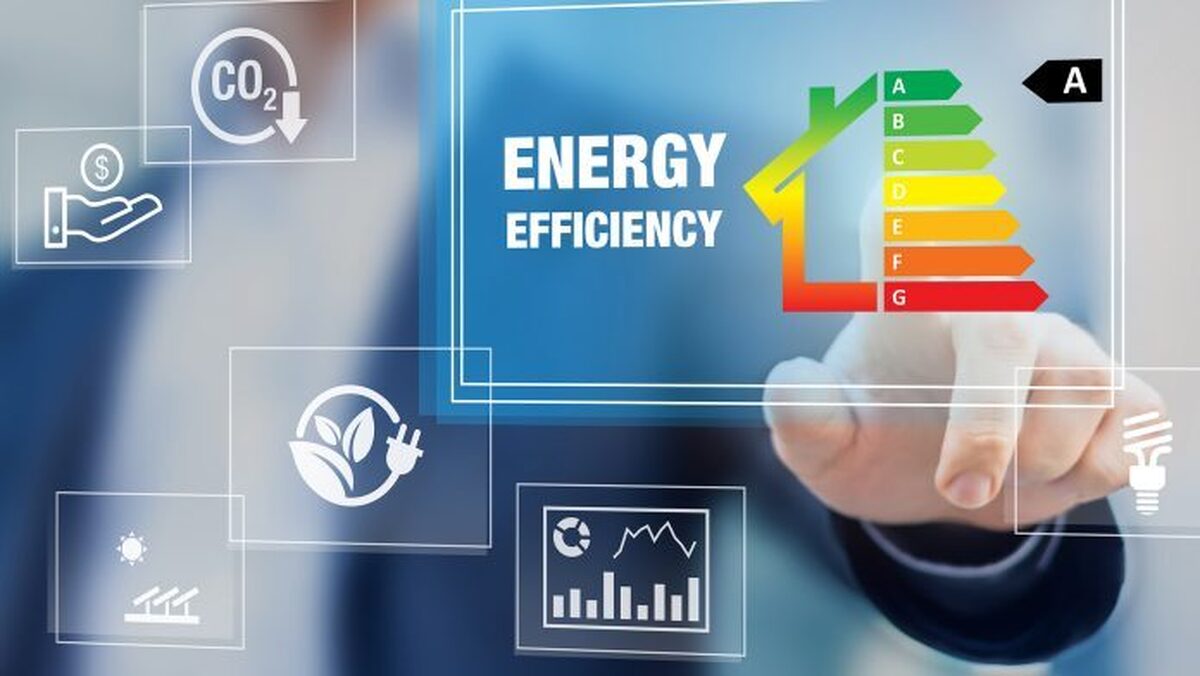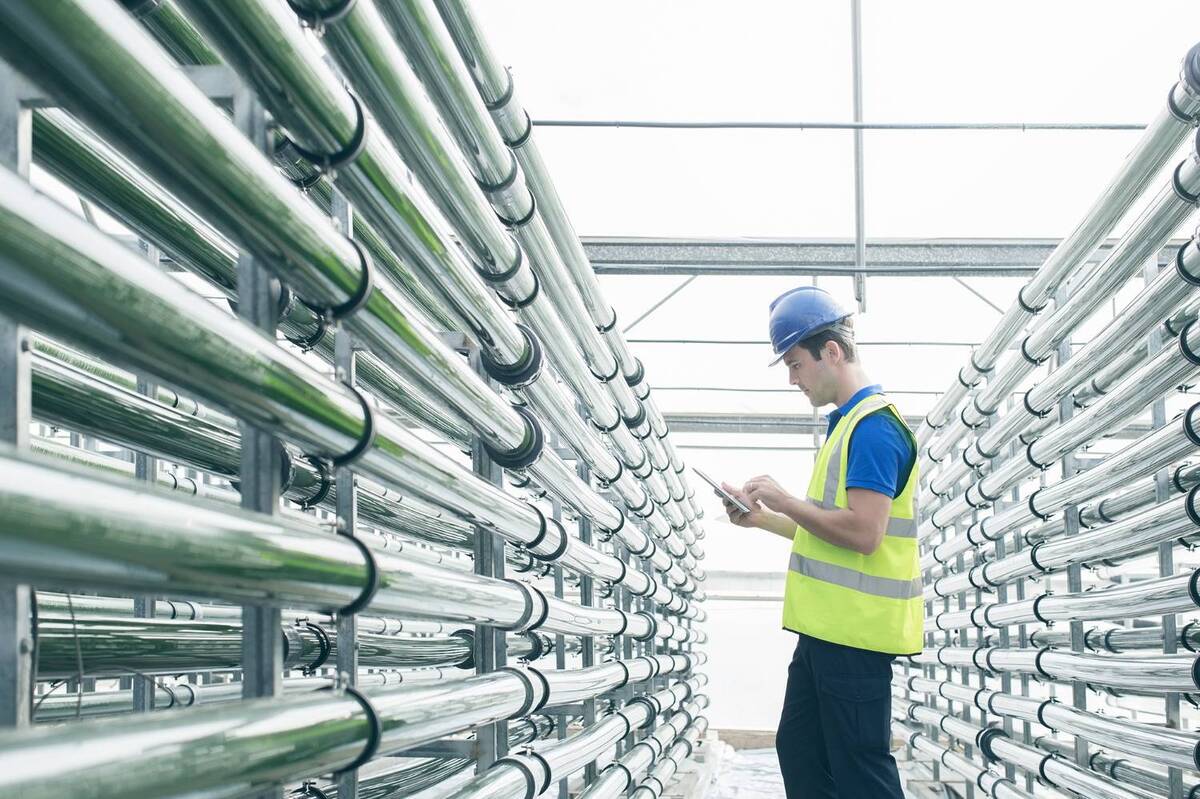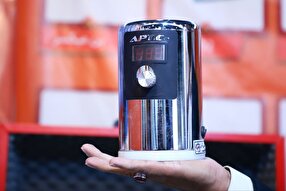U.S. Solar Industry Faces Stormy Skies as Bankruptcies Surge

Even industry titans have not been immune to these challenges.
SunPower, one of the biggest players in the U.S. residential solar market, is teetering on the brink of bankruptcy. The company reported a staggering loss of 247 million U.S. dollars on 1.7 billion dollars of revenue in 2023, with a cash burn of 300 million dollars.
SunPower said last week that it would no longer support new leases, installations, or shipments. The company's stock fell 70 percent on Friday and nearly 93 percent in the last 12 months. On Monday, the shares closed at 72 cents, up 5.4 percent on the day but down 72 percent in the past week.
Guggenheim analysts Joseph Osha and Hilary Cauley said this effectively marked the end of SunPower "as an operating business," adding that the company's equity "no longer has any value."
Other major players facing severe financial strain include SunRun and Sunnova, both having reported substantial losses and seen their share prices plummet.
Medium-sized companies have not fared any better. Harness Power, a California-based installer, shut down abruptly in spring last year, leaving many customers with unfinished or non-functioning solar systems. Kuubix Energy and Suntuity Renewables also succumbed to financial difficulties plaguing the industry.
From manufacturing giants to local installers, solar companies across the country are feeling the squeeze, with over 100 solar dealers and installers declaring bankruptcy in 2023 alone -- "a number unseen before in our almost 20 years in the solar sector," wrote Ara Agopian, founder and CEO of SolarInsure, in a report on recent solar bankruptcies and business closures in the United States.
The report indicated that the causes of this industry-wide turmoil are multifaceted. High interest rates have dealt a severe blow, making it increasingly difficult for both companies and consumers to finance solar projects.
Solar companies typically depend on loans to finance their operations. This is because many of them provide leasing options that require minimal upfront payment from customers. To cover the expenses of installing and maintaining solar systems, these companies resort to borrowing money.
The average annual percentage rate on loans for solar projects skyrocketed from 2.5 percent in late 2022 to over 6 percent just a year later, significantly dampening consumer enthusiasm for solar investments.
This shift led to a notable contraction in the solar loan market, with further declines expected through 2024, according to Wood Mackenzie report and Wall Street Journal.
Adding to the challenges is the impact of U.S. trade protection measures. According to the Solar Energy Industries Association (SEIA), tariffs on imported solar products had led to the loss of over 62,000 U.S. jobs and 19 billion dollars in new private sector investment.
The increased costs and supply chain disruptions caused by these tariffs put significant strain on solar installers and developers, contributing to the financial difficulties faced by companies like SunRun and Sunnova.
Policy changes also played a role in the industry's downturn.
California, the largest solar market in the United States, was particularly hard hit by a new net metering rule called NEM 3.0. The new rule slashed energy export compensation by 70 percent to 80 percent and extended the payback period for solar investments.
The policy has been criticized for exacerbating the financial troubles and causing the rooftop solar installation volumes to plummet by 80 percent in the state. The California Solar and Storage Association reported that the policy left thousands of projects stalled and over 17,000 workers laid off in the state.
"The outright collapse of many once fast-growing solar firms provides asobering case study on the potential unintended consequences of incentive transitions," said Agopian in his report.
4155/v
























